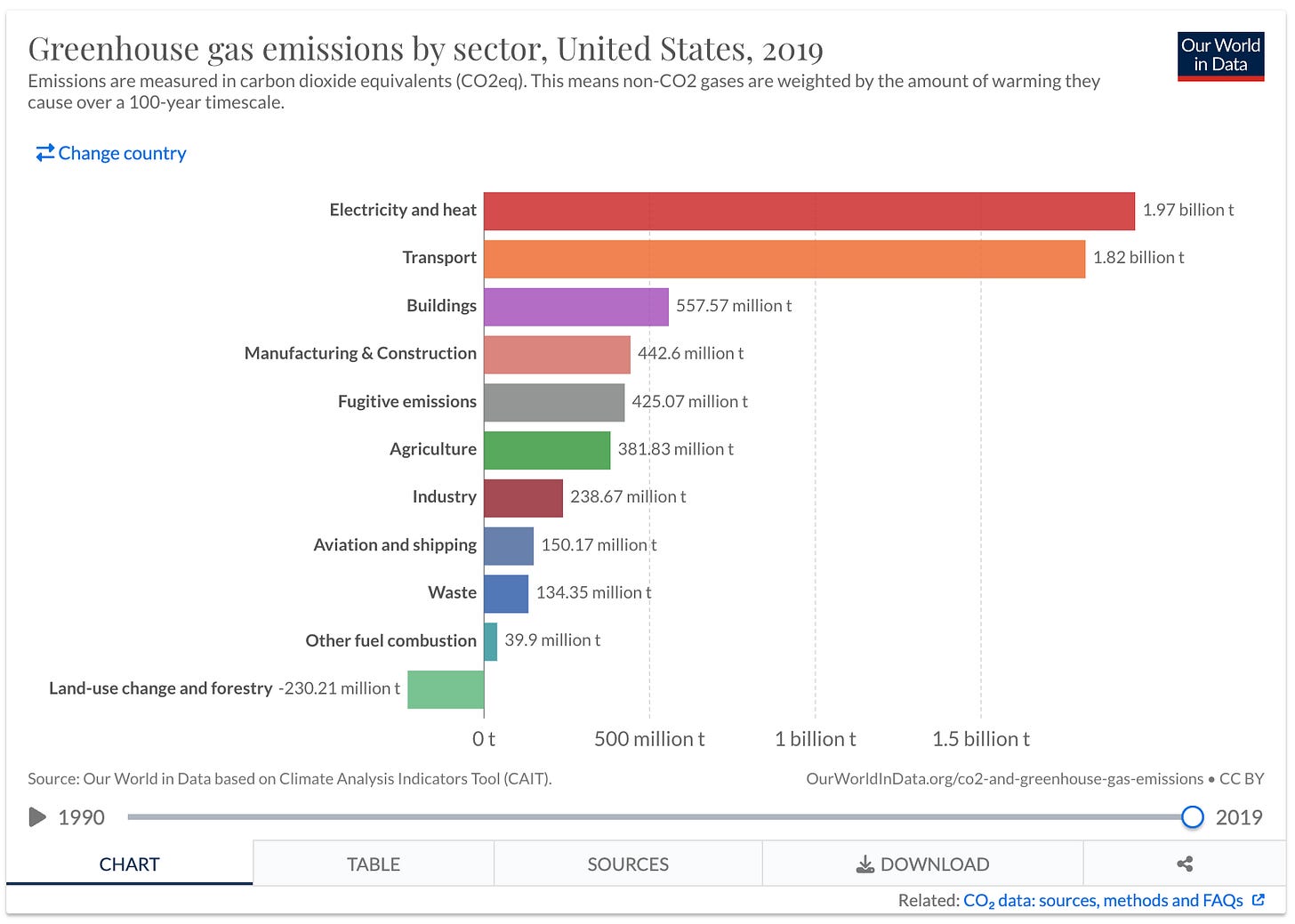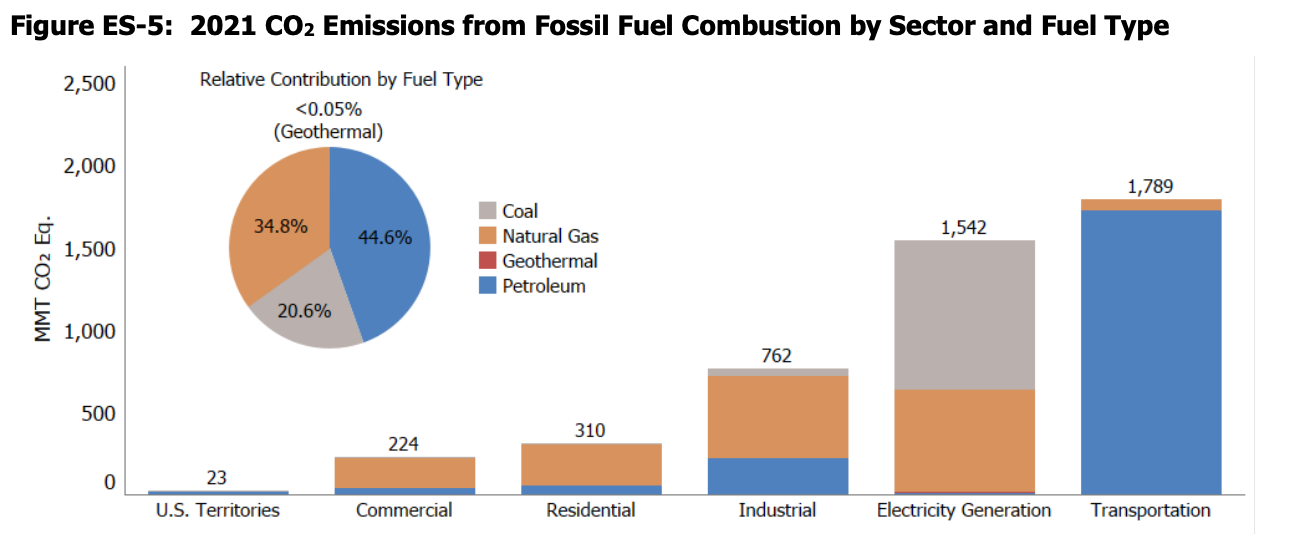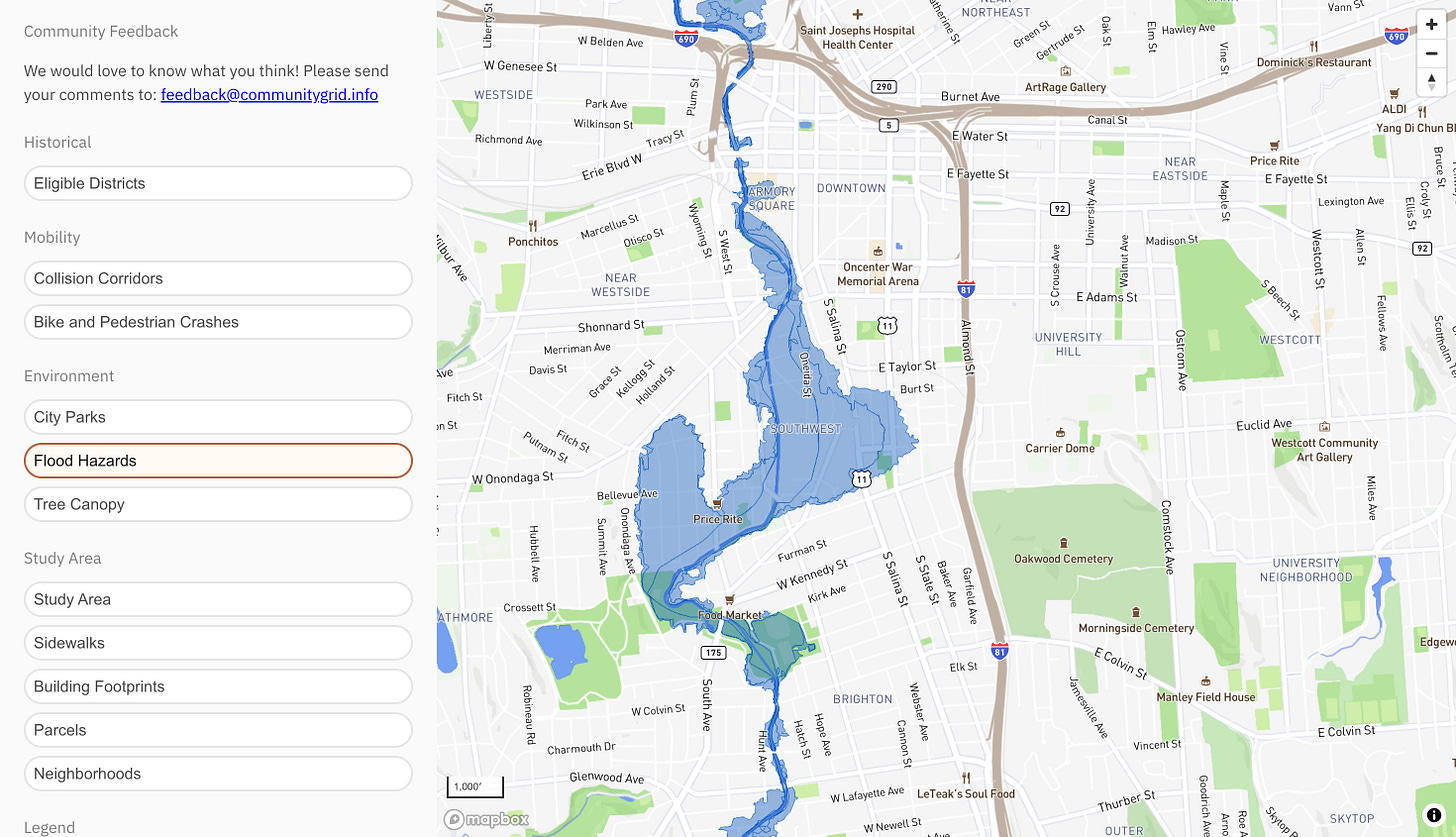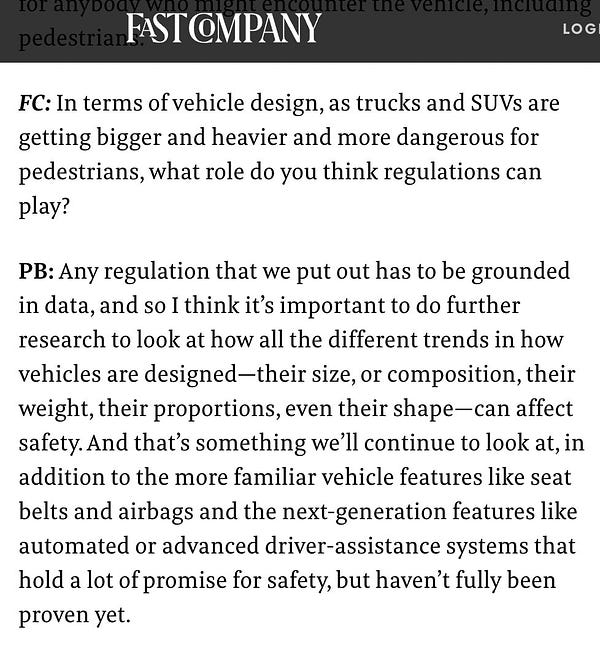Community Engagement as Climate Action
Partnering with local communities to design sustainable transportation and land-use solutions for urban growth
Hello and welcome to the Collective Form Weekly. We share news and research with a focus on urban design and planning. → Visit us at collectiveform.io
Decarbonizing Cities with Sustainable Transportation and Land Use
Cities account for 78% of global energy consumption and are responsible for 60% of global greenhouse gas emissions, wherein transportation and the built environment (buildings and the systems used to manage internal climates) are the worst offenders.

According to an EPA report, carbon dioxide emissions from the transportation sector increased 14% from 2020 to 2021 — despite lockdowns and remote work — as urban citizens stopped using public transit due to fear of contagion. The EPA cited urban sprawl, growth, and fuel prices for the rise in transportation emissions.

Electric vehicles are not the solution to climate change (and EV makers agree). Moreover, there is a real danger posed by electric vehicles as automakers and governments seek mass adoption: they encourage citizens to use their private vehicle over more sustainable modes of transportation such as walking, biking, or taking public transit.
Community Engagement as Climate Action
Herein lies the core problem: how do we convince more people to walk, bike, roll, and take public transit over using private vehicles? Diversifying transportation options is an essential starting point, and one that many U.S. cities find themselves grappling with as they receive billions of dollars in federal funding to rebuild critical urban infrastructure.
Multi-modal transportation is only part of the solution to reducing the climate impact of cities. Land use is another critical piece of decarbonization as buildings and building systems account for more GHG emissions than transportation. In order to really solve problems around land use we need to more effectively utilize existing building stock, improve the efficiency of building systems, and put an end to wasteful urban sprawl.

The U.S. Department of Transportation, along with the Departments of Energy and Housing and Urban Development, recently released the National Blueprint for Transportation Decarbonization. As the first call to action for decarbonizing the transportation industry, the report highlights the importance of partnering with local communities to develop new urban planning solutions. Cities need to work together with their citizens to ensure that urban plans and policies are making a climate-positive impact, and it starts by engaging with local communities to create a shared vision for urban growth.
→ Announcing the City of Syracuse Community Grid Vision Plan Project Website
Recent Articles and Other Resources on the Climate Impact of Transportation and Land Use in Cities
The U.S. National Blueprint for Transportation Decarbonization (U.S. Dept. of Energy)
US transportation CO2 emissions up 14% from 2020 to 2021 (Smart Cities Dive)
Inventory of U.S. Greenhouse Gas Emissions and Sinks (Environmental Protection Agency)
Emissions increased from 2020 to 2021 by 6.8 percent (after accounting for sequestration from the land sector). The increase in total greenhouse gas emissions was driven largely by an increase in CO2 emissions from fossil fuel combustion.
Polestar and Rivian Say EVs Aren’t Enough to Hit Climate Goals (Bloomberg)
EV Hype Overshadows Public Transit as a Climate Fix (Bloomberg)
Decarbonizing Cities with Smart City Technologies in Korea (Penn Urban Research)
To Build a Healthier City, Begin at the Sidewalk (Bloomberg)
Living in a Greener City Could Save Your Life (Bloomberg)
A Highway That Doesn’t Exist Is Strangling a Black Neighborhood (Bloomberg)
How green building policy could evolve in 2023 (Smart Cities Dive)
City planners are questioning the point of parking garages (Ars Technica)
Dozens of cities, including Denver and Minneapolis—along with the entire state of California—are reforming parking requirements, promoting transportation alternatives, and amending regulations for new construction.
As always, David Zipper breaks it down like a fraction in his Twitter threads.







